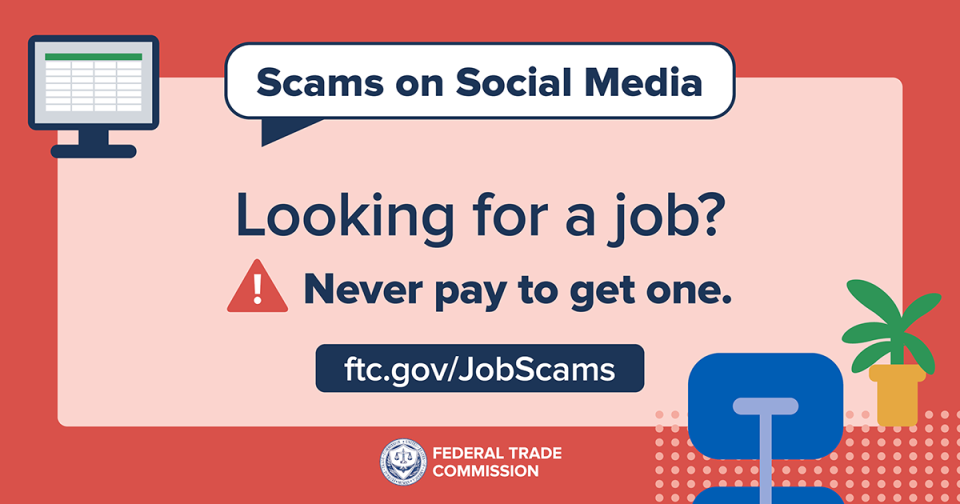Here’s a new scam spotted on social media: appointment setting jobs. They claim you can work from home and make big money. But just what does an appointment setter do? And how can you tell the difference between a legit job offer and a scam?
An appointment setter is someone who schedules calls for a company’s sales staff and potential clients to help them close deals. You’re typically paid an hourly rate, but might earn bonuses based on the number of appointments you successfully set. If you need training, the employer should offer it at no cost to you.
Now that you know the basics, here are some ways to tell the difference between an appointment setter job scam and a legitimate position. Scammy ads tend to promise a very high income. The truth is that real appointment setting is a normal job with a modest income. Scammy job offers claim you have to pay thousands of dollars upfront for training. The truth is honest employers will never ask you to pay to get a job. Scammers say they’ll guarantee you a job once you pay for training. The truth is no one can guarantee you a job. Scammers may also look more like a business opportunity than a paid position, promising you potential clients, or suggesting you recruit new people to their “job” training programs, instead of setting appointments.
Before you accept a job or business opportunity offer:
- Take your time and talk to someone you trust. Scammers will try to pressure you to get involved or risk losing out.
- Do some research. Search online for the name of the company and words like “review,” “scam,” or “complaint.” Check with your state attorney general for complaints. No complaints? It doesn’t guarantee that a company is honest, but complaints can tip you off to possible problems.
- Read success stories and testimonials with skepticism. They might not be true or typical. Glowing stories of success could be fake or misleading, and positive online reviews may have come from made-up profiles.
If you see a job or business opportunity scam, or lose money to one, report it to the FTC at ReportFraud.ftc.gov.





